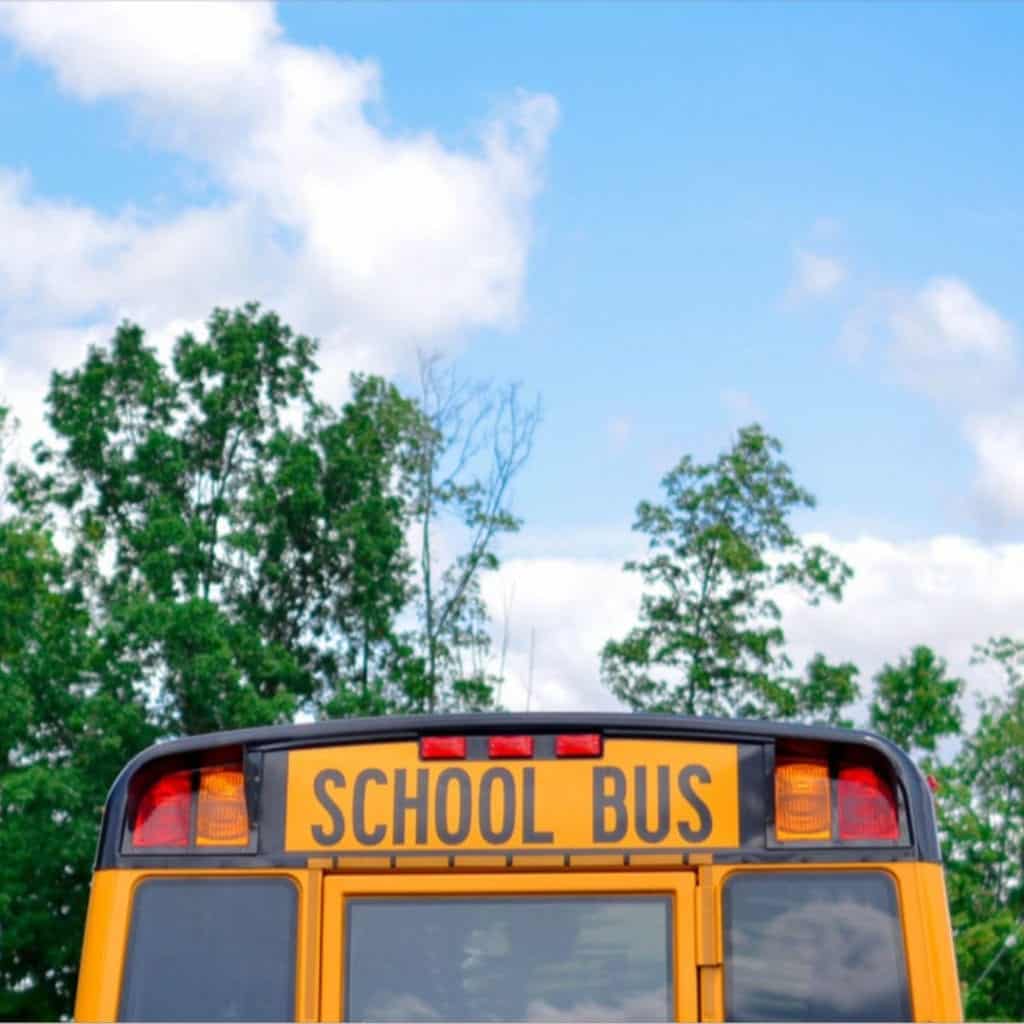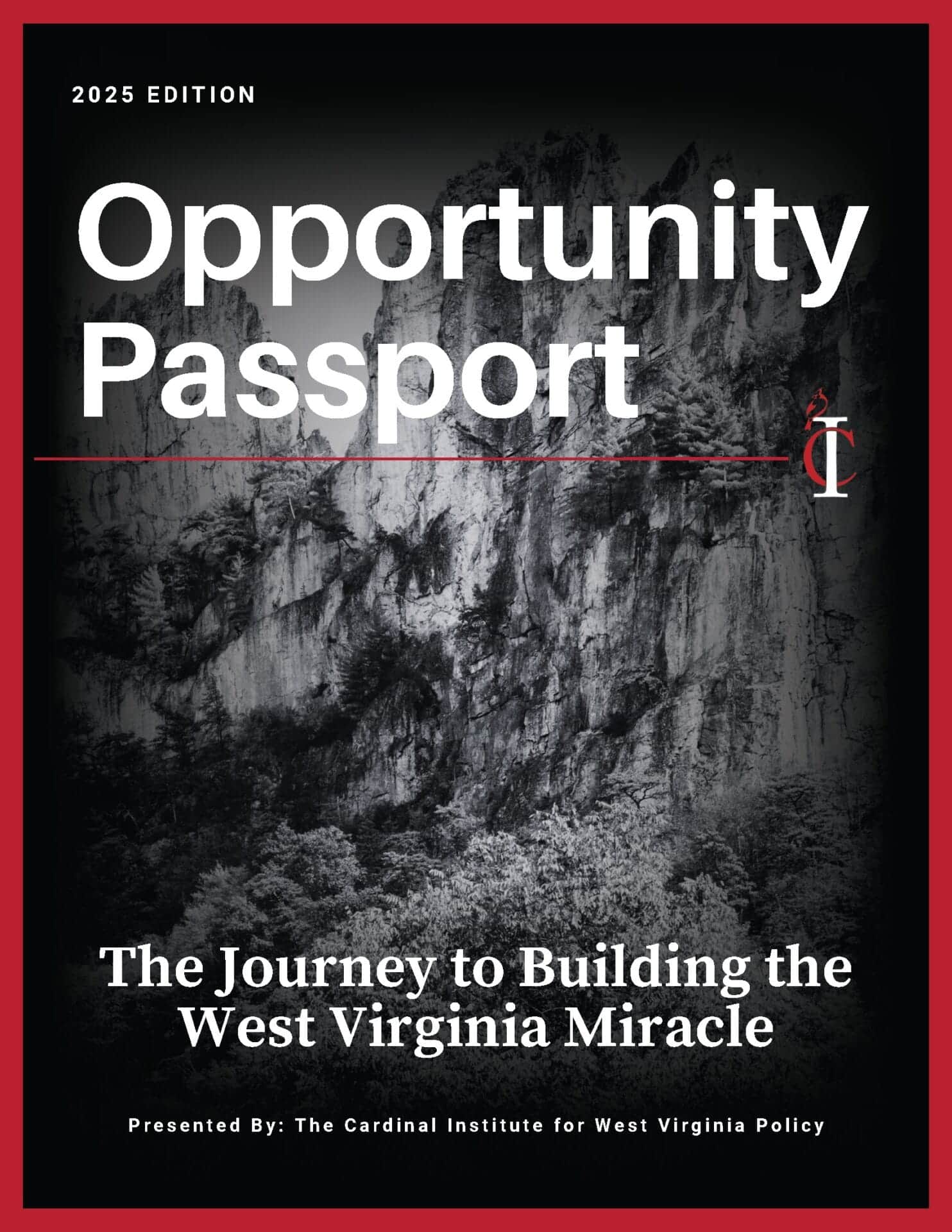
Time to Revisit the School Innovation Zones Act
Cardinal Team
What is the Next Step in Education Reform for West Virginia?
With the advancements that West Virginia has made in alternative forms of education, it is imperative that our state find ways to support the traditional public school system. The release of West Virginia’s NAEP scores in October showed a decline in the quality of education. West Virginia received a 67 on the nation’s report card . As lawmakers try to find ways to improve our public schools, there may be an answer in the state code: School Innovation Zones.
The School Innovation Zones Act of 2009, which allows public schools to be exempt from certain state regulations and receive innovation grants, is listed in Article 5B of the West Virginia State Code. The Act was passed in 2009. In 2016, however, Innovations Zones were essentially voided by H.B. 2495, which redirected the funds for Innovation Zones to STEM education initiatives.
Overview of the West Virginia School Innovation Zones Act
The School Innovation Zones Act, H.B. 109, was passed during an extraordinary session of the State Legislature in 2009. The bill establishes parameters for either an individual school, a group of schools, a subdivision or department of a group of schools, or a subdivision or department of a school to seek an exemption from existing state laws, rules, and regulations that the applicant identifies as burdensome.
The stipulations for applications, acceptance, and approval are straightforward. The law outlines in §18-5B-4 of the state code requires that, when applying, applicants state:
- The exact policies and programs the applicant is intending to implement.
- The barriers that exist in either the state code, county rules, or elsewhere and what specific exemptions they are seeking.
In §18-5B-4(B)(i)(ii)(iii) of the West Virginia State Code, applicants are prohibited from being exempt from:
- An assessment program administered by the West Virginia Department of Education.
- Federal laws governing the schools.
- Or various hiring provisions in Chapter 18a of the West Virginia Code.
When putting together the innovation plan, the law requires a secret ballot vote of all regular school employees as part of the application process. Schools participating in innovation zones were able to receive funding.
Further legislation has amended The School Innovation Zone Act. In 2010, H.B. 4669 amended the state code to allow certain exemptions from the state code to specific schools. In 2011, S.B. 228 created the Local Solution Dropout Prevention and Recovery Innovation Zone Act. In 2012, S.B. 371 which further tailored programs to decrease dropout rates. Then in 2014, H.B. 4619 provided further innovation opportunities for school districts.
So What Happened to School Innovation Zones?
In 2010, the West Virginia Executive published Innovation Zones: Success in our Schools. It highlighted the successes of School Innovation Zones. One such success was the Nicholas County Innovation Zone, which removed the state time restrictions on educators. Nicholas County Superintendent Beverly Kingery stated that,
“They are concentrating on just math and reading all morning . . . Then in the afternoon every student does a walk to intervention based on individual needs. Whether the student is gifted or needs extra help, every child gets special attention based on their individual needs. It is a simple idea that teachers now have the time to put into action.”
Superintendent Kirby identified this practice with the improvements that the schools were seeing. The article further listed quantifiable assessment data to show the positive impact of Innovation Zones.
“We are seeing the benefits of this change in better student performance across the board on the West Virginia Educational Standards Test 2, the SAT and ACT college entrance exams and the job skills assessment called Work Keys given to career and technical education students. We also have a high school graduation rate that exceeds the national average. . . In our high schools, West Virginia students’ SAT scores have not only significantly improved but also continue to outperform students across the nation.”
These numbers demonstrate an early positive result for Innovation Zones.
Additional improvements were discussed in a 2015 article by ExcelinEd: DLN Report Card Preview: Creating Innovation Zones in West Virginia. The article focused on innovation zones that began after the passage of S.B. 371. One of these was in Putnam County, which used the grant program to purchase “a one-to-one computing program, uses co-teaching and offers embedded credits.” Because of this program, the school was free to use an innovative solution to improve student outcomes.
Is this still active?
In 2016, Governor Earl Ray Tomblin, an early supporter of the Innovation Zones, signed H.B. 4295 which ended funding for existing Innovation Zones. This bill refocused the funds on STEM programs. The rules for this program are found on the West Virginia Board of Education website.
Is revisiting School Innovation Zones the right step for West Virginia?
Based on the data, it may be a good step to reform the way the School Innovation Zones program operates. However, it might be wise to model the Innovation Zones after Regulatory Sandboxes which don’t have grant programs, yet they allow for businesses to try something new without burdensome regulations. We saw success in the early days of this program.
As West Virginia seeks to improve our traditional public schools, policymakers should consider revisiting School Innovation Zones and allow schools more local control over education decisions.
Andrew Bambrick is the Education Outreach Coordinator for the Cardinal Institute for West Virginia Policy.







